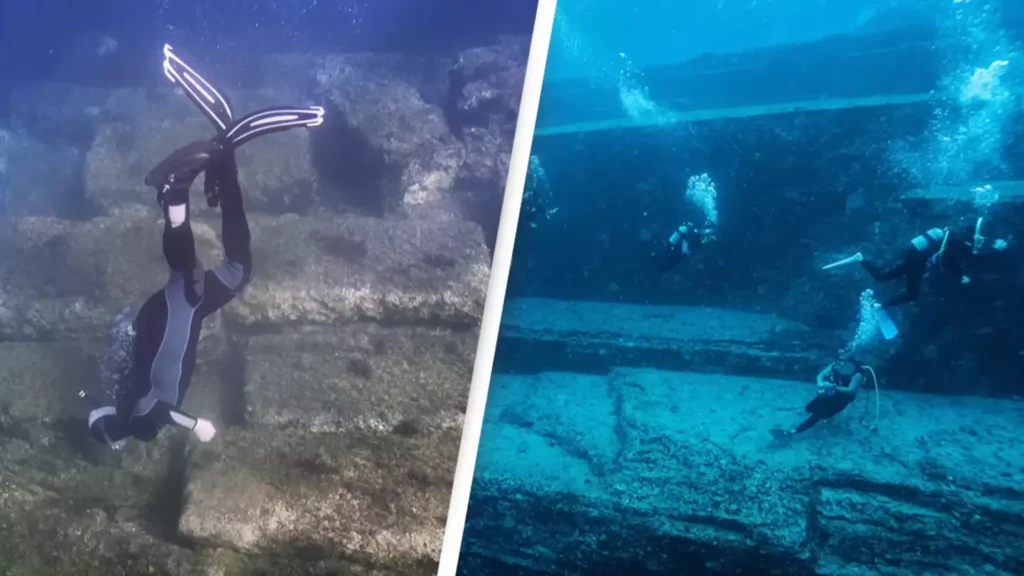Japan’s ancient underwater ‘pyramid’ remains one of the world’s great mysteries

While Atlantis remains a mythical tale, the Yonaguni Monument in Japan emerges as a tangible counterpart. Discovered in 1987 by local diver Kihachiro Aratake, this pyramid-like structure stands nine meters tall, with its peak just five meters below the ocean surface near Yonaguni Island.
Speculations surround its origin, suggesting it could be the remnants of a civilization dating back 10,000 years. Enthusiasts claim to identify potential castles, temples, a stadium, and roads within its enigmatic features. Aratake, recalling his emotional discovery, stumbled upon the monument by chance, keeping it a secret initially.
As scientists, led by Professor Masaaki Kimura of Ryukyu University, delved into researching the site, debates emerged. Kimura found it challenging to attribute the formations solely to natural processes, emphasizing man’s potential influence. Aratake, swayed by the monument’s “spiral staircase,” deemed it man-made.
Theories about its builders range from Jōmon people, early inhabitants of the islands, to skeptics dismissing it as a natural geological formation. Geologists like Robert Schoch argue for the latter, citing typical sandstone stratigraphy and fault-related straight edges.
While the Yonaguni Monument remains a global mystery, debates persist between those championing its human-made origin and those attributing it to geological forces. The intrigue endures, leaving it among the world’s enigmatic wonders.



